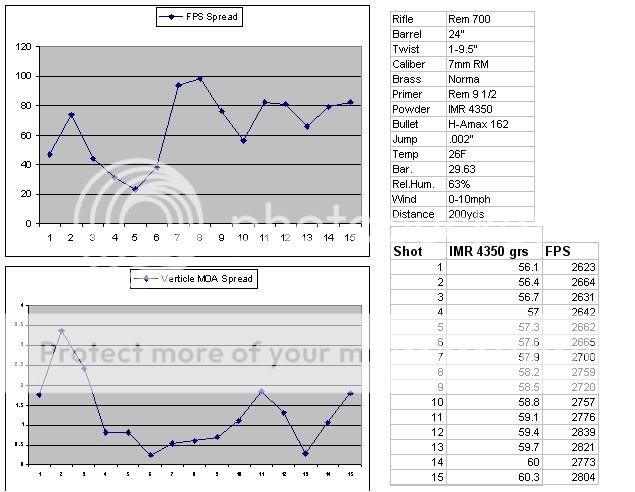Ballistic64
Well-Known Member
I agree with GG,the OCW,ladder or any variation is not complete without a chrono.Either test by itself is not going to indicate that the load which shows promise is a good long range load but used in conjuction with a chrono you can get a much better idea if it shows long range promise.If your working on a long range load and it shows promise with the ladder-ocw test but the chrono is showing high es,you know you have some more work ahead of you.I know a high es somewhat contradicts a ladder-ocw test but it happens.The main reason I use the ocw method is because there is more data on the target(s) from repeated loads than the single shot on the conventional ladder.Im not trying to tell you this is the way you should do it,just giving you ideas from what Ive done.You'll eventually draw your own conclusions with your testing methods.Good luck and good shooting.

